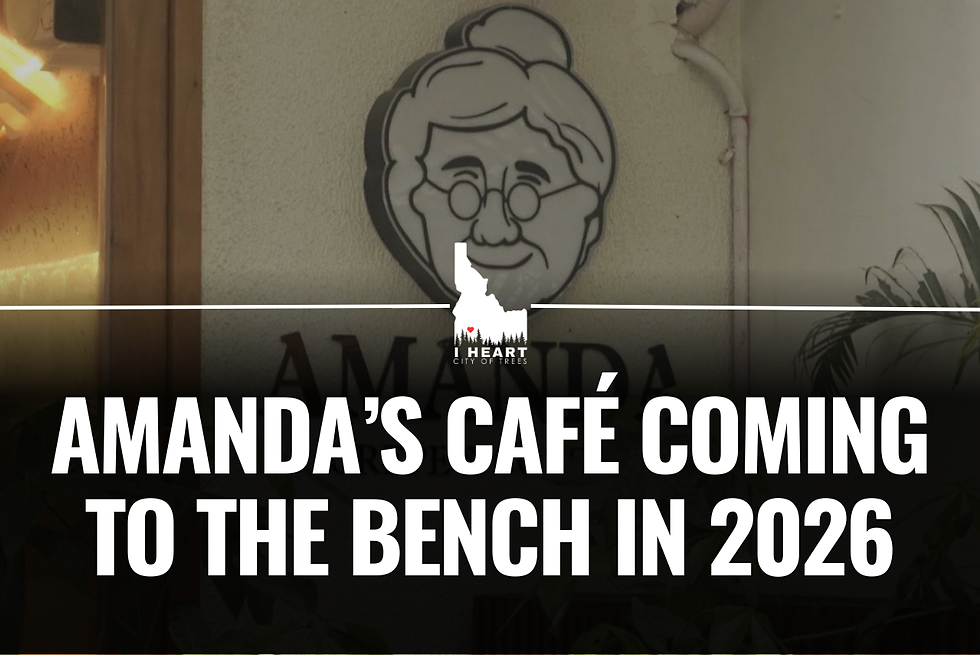Idaho Renters Are Losing Ground: Why Wages Can’t Keep Up with Rising Housing Costs
- Brent Hanson
- Oct 14
- 3 min read
If you’re renting in Idaho or thinking about it you’ve probably felt the pinch lately. Across the state, housing costs are climbing faster than wages, leaving many workers struggling to make ends meet. Recent data shows that renters now need to earn nearly $30 per hour just to afford a modest two-bedroom apartment. For most Idahoans, that’s well above what they actually take home.
So, what’s driving this squeeze, and how is it impacting life in the Treasure Valley? Let’s break it down.
Why It Matters
Housing is the largest expense most people face. When rent takes up too big a slice of your paycheck, everything else groceries, gas, childcare, savings feels the squeeze.
According to the National Low Income Housing Coalition’s 2023 “Out of Reach” report, the national “housing wage” for a modest two-bedroom apartment is $28.58 per hour. That means someone working full-time would need to earn that much just to afford rent without going broke.
In Idaho, average wages are still below that threshold, making it increasingly difficult for everyday workers to cover housing costs without stretching their budgets or cutting corners on essentials.
What’s Behind the Gap
Several factors are contributing to this growing mismatch between wages and rent:
Rising Rent Prices Idaho’s population has been booming, especially in Treasure Valley cities like Boise, Meridian, and Nampa. As demand for housing climbs, landlords can charge more, pushing rents higher.
Stagnant Wages Even as the cost of living rises, wages aren’t keeping pace. For example, in Ada County, the average wage in 2022 was $24.69/hour, while the wage required to afford a fair market two-bedroom apartment was $25.19/hour. That gap forces many renters to spend more than 30% of their income on rent, which is the common benchmark for affordable housing.
Limited Housing Supply Idaho’s growth has outpaced housing construction in many areas. Fewer homes and apartments on the market means less competition among landlords and higher rental prices.
Economic Pressures on Everyday Essentials When rent consumes a disproportionate share of income, it leaves little room for groceries, transportation, healthcare, and savings. That financial stress can affect quality of life, limit mobility, and make it harder to weather emergencies.
The Local Impact
For renters in Ada County and the broader Treasure Valley, the consequences are tangible:
Financial Stress: Many households are forced to spend more than a third of their income on rent, which is considered financially burdensome.
Lifestyle Trade-offs: People may skimp on essentials, delay buying a home, or work multiple jobs to make ends meet.
Housing Insecurity: Higher costs increase the risk of eviction or moving frequently, disrupting stability for families and workers.
Even modest apartments are no longer “easy to afford” for the average worker. That’s a reality that affects not just individual renters, but the broader community, including local businesses, schools, and social services.
Why It Matters for Those Considering a Move to Idaho
If you’re planning a move to the Treasure Valley, it’s important to understand the local housing landscape:
Rent isn’t cheap: Expect to pay a significant portion of your income for even a modest apartment.
Wage gaps persist: The average salary for many common jobs may not match the cost of living, so budget carefully.
Long-term planning matters: Buying a home may require saving aggressively for a down payment, while renting may require trade-offs in lifestyle.
While Idaho continues to attract new residents with its outdoor lifestyle, low crime, and growing job market, housing affordability remains a challenge and one that potential newcomers should factor into their plans.
What Can Be Done?
Solving the wage-vs-rent problem isn’t easy, but some strategies could help:
Increase Housing Supply: More apartments and affordable homes in the Treasure Valley could ease competition and stabilize rent.
Raise Wages: Businesses and policymakers could focus on wage growth that keeps pace with the cost of living.
Encourage Mixed-Income Development: Projects that combine market-rate and affordable housing could provide options for more residents.
Community Awareness: Understanding the issue helps residents advocate for policies that promote housing affordability.
While these solutions won’t happen overnight, awareness is the first step toward making life in the Treasure Valley more accessible for renters and workers alike.
Looking Ahead
Idaho’s growth shows no signs of slowing, which means housing challenges will continue to evolve. Renters, prospective homebuyers, and local policymakers need to watch trends closely and plan accordingly.
Whether it’s navigating rent increases, budgeting for essentials, or advocating for housing policies, understanding the reality of Idaho’s housing market is essential for anyone calling the Treasure Valley home or thinking about making it their new home.
Stay Informed
Idaho’s housing market is complex, but you don’t have to navigate it alone. For more local news, updates, and insights about living in Meridian, Boise, and the broader Treasure Valley, follow @iHeartCityOfTrees. We break down the facts, explore trends, and share the stories that matter most to our community.




Comments